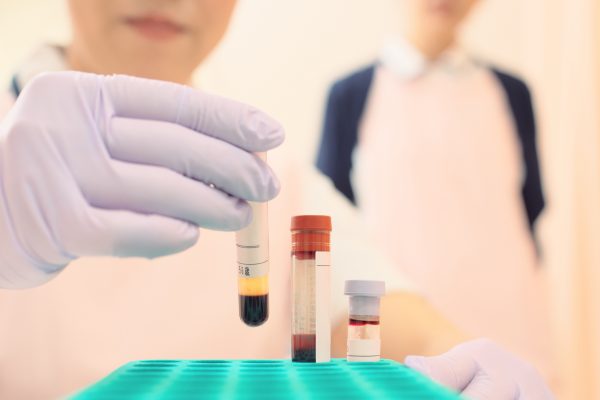
Prophylaxis with factor VIII (FVIII) concentrates in children with haemophilia A is current standard of care. However, the benefit of prophylactic treatment for adult haemophilia A patients is not commonly accepted. A new study shows that the use of prophylaxis is also beneficial in this group of patients.
Data from 163 patients with 1202 patient-years were evaluated for 7.5 (± 5.3) years to investigate the benefit of prophylaxis in adult and elderly patients with severe or non-severe haemophilia A in a real-life setting. The study focused on the effects of treatment with a plasma-derived FVIII concentrate on annual bleeding rates (ABR), the age of the patient and the severity of the disease. Also, the effect of changing the treatment from on demand to continuous prophylaxis on the patients’ ABRs was further analysed.
Prophylaxis had the greatest effect on the ABRs of patients of any age with severe or non-severe HA. The difference in ABR of all patients treated on demand (median 31.4; interquartile range (IQR) 27.6; N = 83) compared with those treated prophylactically (median 1.3; IQR 3.6; N = 122) was statistically significant (P < .05), even for patients with non-severe HA (median 8.4; IQR 15.5; N = 11) vs median 1.5; IQR 4.2 (N = 17), P < .05). Patients, aged up to 88 years, switching from on demand to continuous prophylaxis showed the lowest median ABR (1.1; N = 51) after their regimen change.
In conclusion, prophylaxis resulted in lower ABR than on-demand treatment. Patients switching to prophylaxis benefitted the most, irrespective of age or disease severity. Prophylactic treatment is beneficial for patients of any age, including elderly patients, with severe or non-severe hemophilia A.
Source